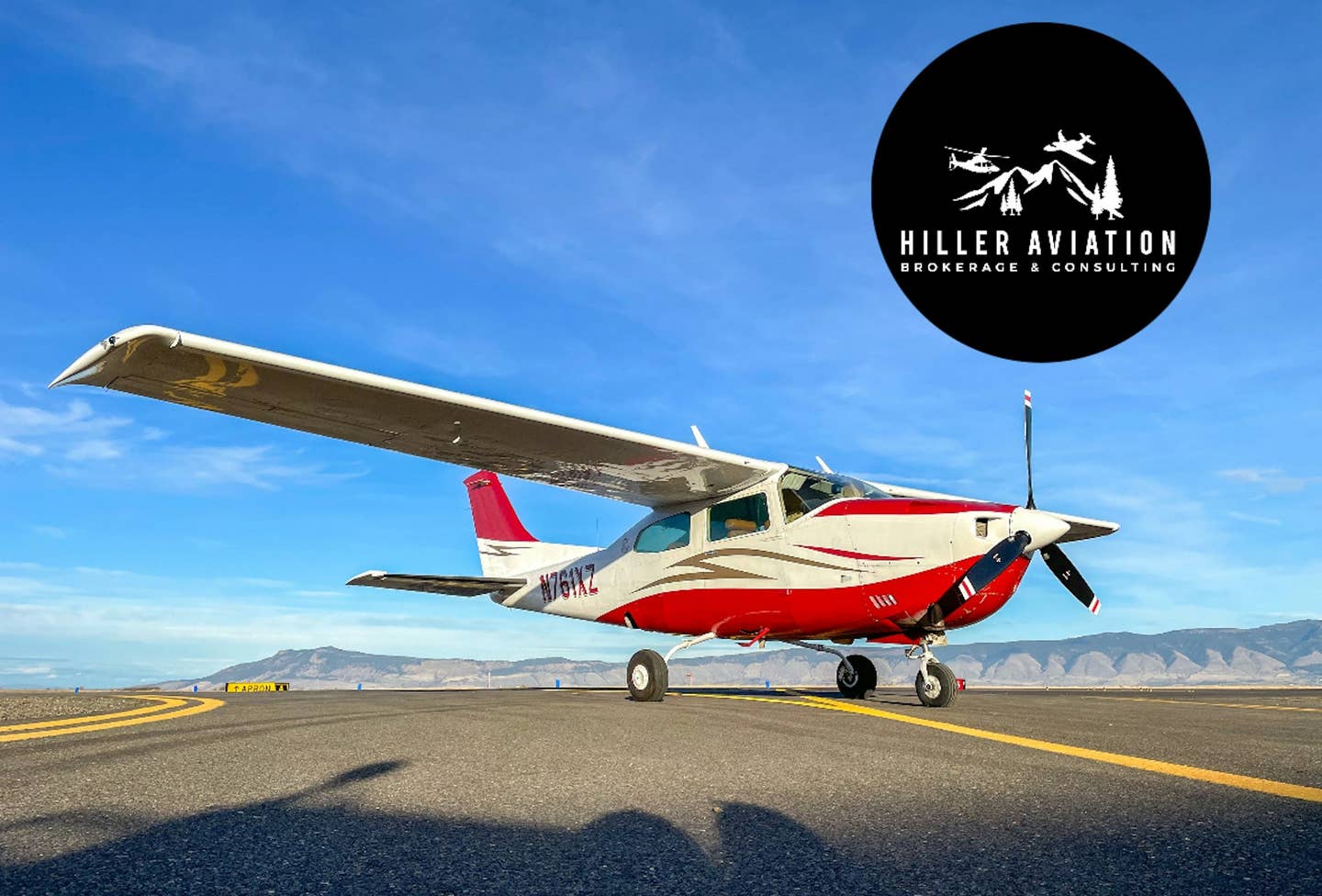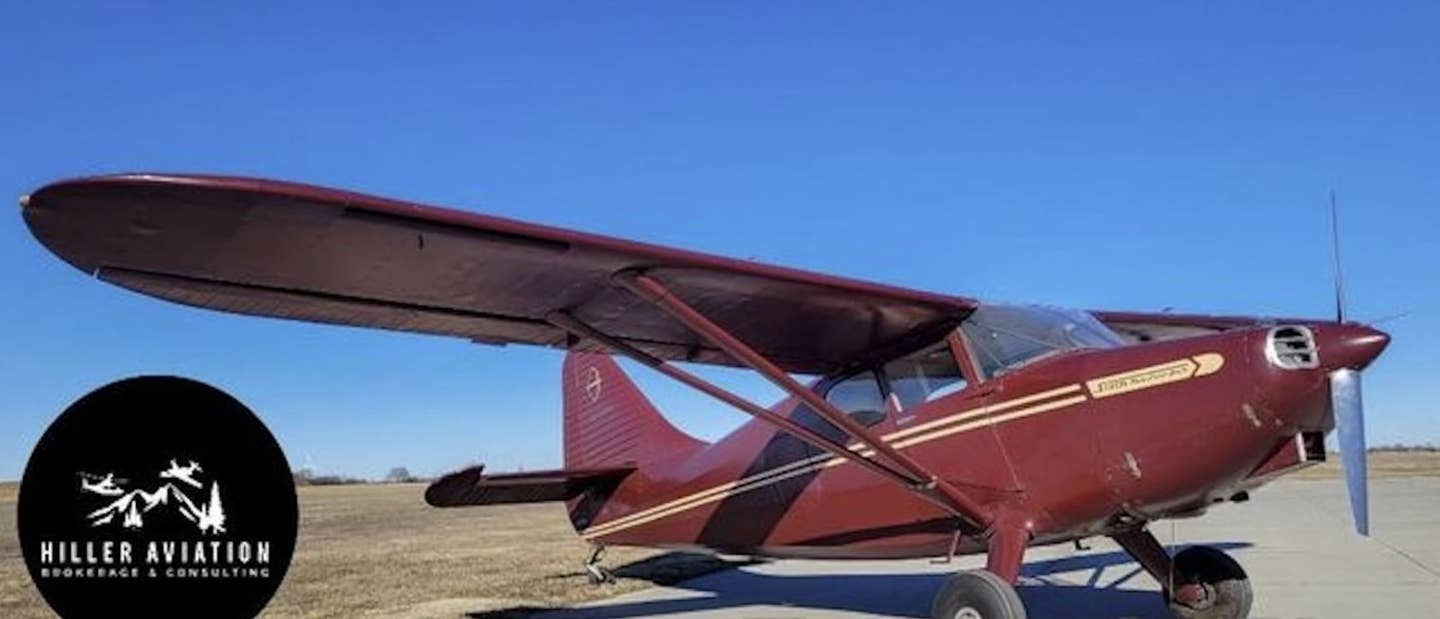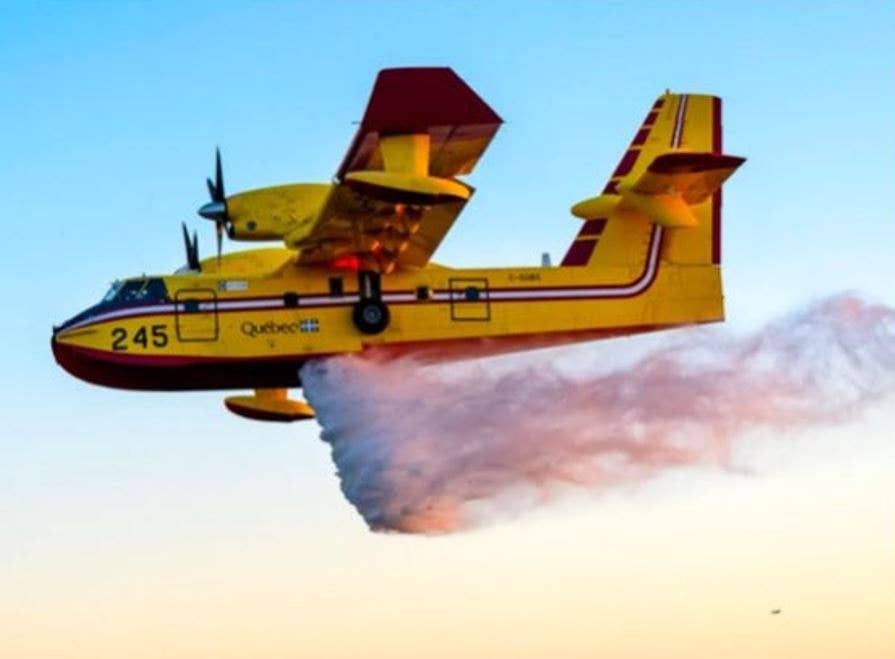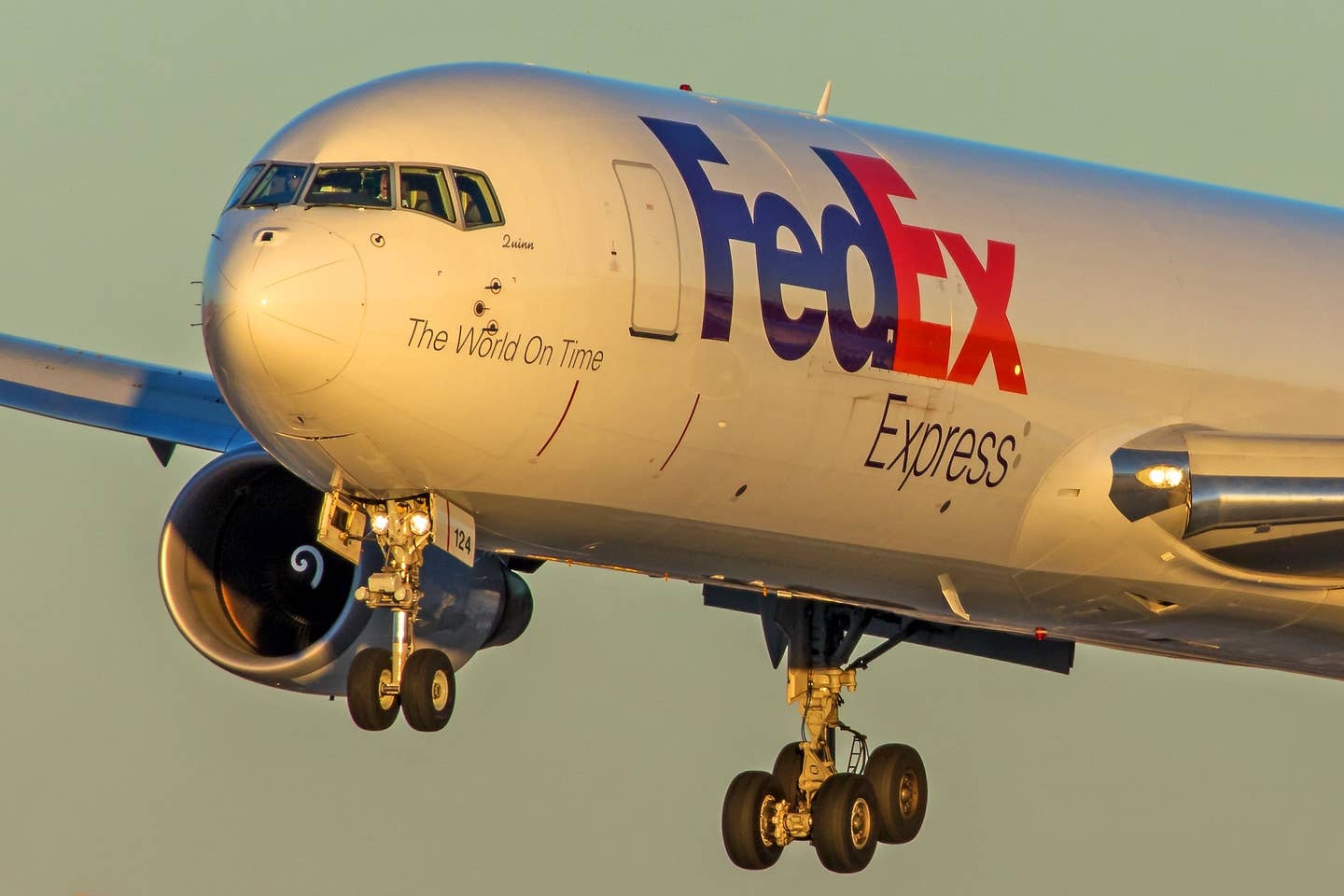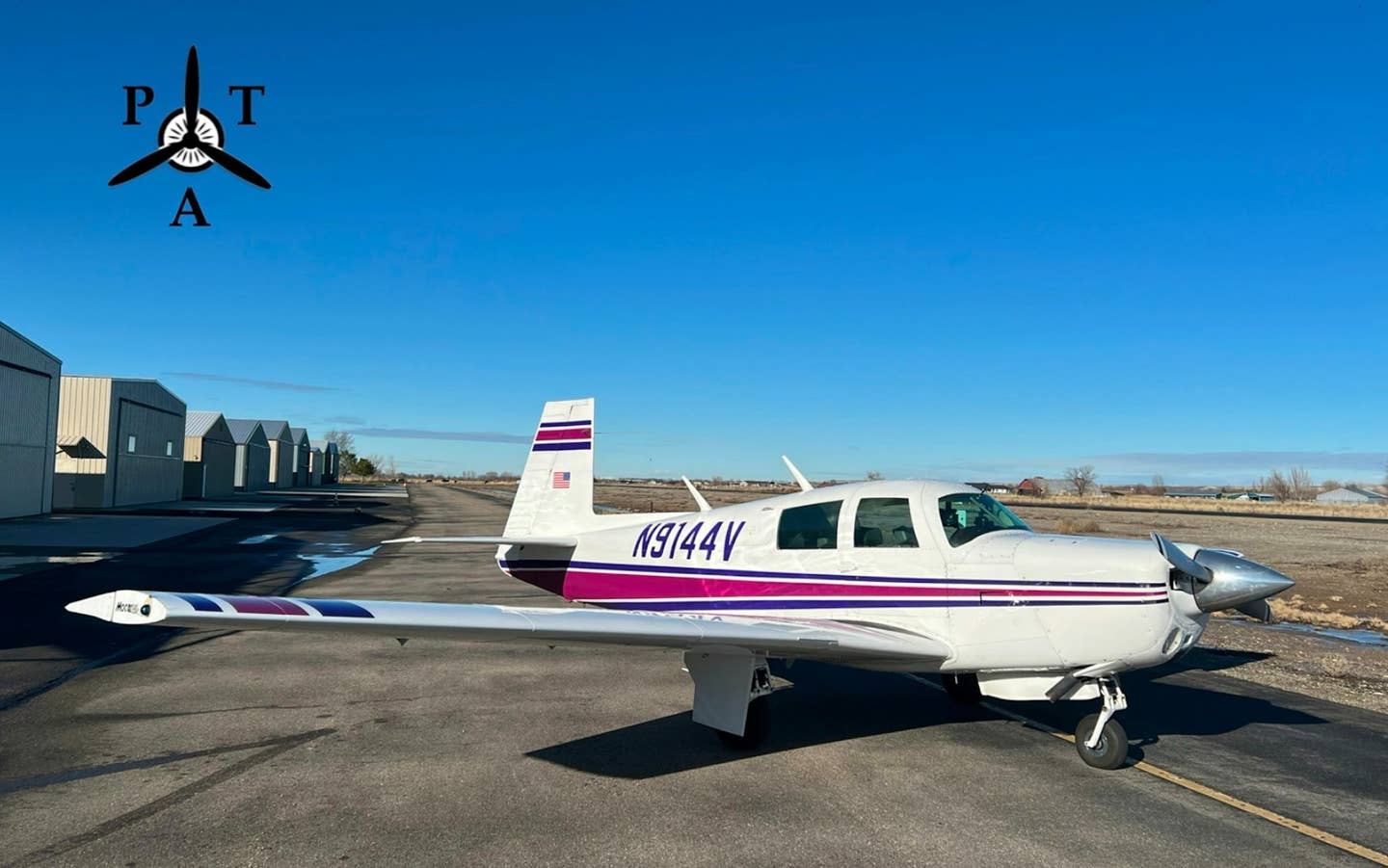
Epic Aircraft
In July 1969, I flew a Pazmany PL-1, N4081K, a two-seat homebuilt with a 90 hp Continental engine, from California to Rockford, Illinois, for the EAA Fly-In, as it was then called. That was the last year the fly-in took place at Rockford, which had run out of room for the tumescent event; in 1970 it moved to Oshkosh, Wisconsin, with which city it, along with children's overalls, has since become synonymous. According to my logbook, it took me and my companion Nancy 15 hours to get there from California and 18 to get back, and I spent six hours in a swarm of homebuilts that used to orbit the field for hours every day. I must have camped by 81K one or two nights, because I shot a lot of slides of the sun rising over airplanes bediamonded with dew.
The November issue of Flying carried my article on the experience. My rant, actually.
My main complaint was that homebuilts, by and large, weren't modern enough. The EAA appeared to endorse backwardness by promoting its own EAA Biplane plans and by emphasizing tube-and-rag construction in its publications. In those days there were no kits, and the original justifications for the existence of the Experimental Amateur-Built category, "education and recreation," were still prominent in builders' minds. To me, however, the word "experimental" loomed larger. Airframe manufacturers had long since rejected tube-and-rag construction in favor of sheet metal. Why didn't all homebuilders? What's more, so many designs were slow, ugly, awkward — they would barely have passed muster in the 1920s. I made no effort to conceal my disdain. I named names.
The article unleashed a torrent of hostile mail and several threats of physical violence. Rereading it today I feel a little queasy; it was richly vituperative and occasionally witty, but mainly capricious and at times a bit incoherent. Oh, well, I was 25.
The EAA's members at that time were mainly older men who in retirement had returned to the model-airplane-building pastime of their youth, but on man-carrying scale, if just barely. Already in 1969 the spectrum of homebuilt types was wide and included several high-performance and, incidentally — though there was no necessary connection between aluminum and performance — all-metal types. But the majority were either biplanes or strut-braced monoplanes of low performance and cramped seating, and they seem to have gravely offended my sensibilities.
At Oshkosh this year, the few airplanes that I had condescended to look upon with favor in 1969 were gathered in an area marked, somewhat apologetically I thought, "Classic Homebuilts." They looked chunky and a little bedraggled; it was hard to imagine that they were once the cream of the crop.
Much as my comments may have infuriated the EAA faithful, it seems that my thumb, quite unbeknownst to me, was on the pulse of the zeitgeist. For the next few years brought big changes. They began around 1970 with James Bede's BD-5, a thoroughly misconceived design that would be rescued from total ignominy by none other than Burt Rutan. Shameless hype, completely fanciful performance and construction-time claims, and the gullibility of both the popular and the specialist press combined to bring in thousands of orders for the single-seat pusher and — this was the good part — to open the eyes of entrepreneurs, including Rutan himself, to the profit potential latent in the "homebuilding movement." A series of new types — VariEze/Long-EZ, Glasair, Lancair and RV, to mention only some conspicuous milestones - appeared, and by 1990 fast, clean, high-performance sport airplanes, built of aluminum or fiberglass and often equipped for IFR operation, had replaced the biplanes and parasol wings of Rockford as typical homebuilt projects.
I never foresaw the widespread adoption of surfboard construction techniques — plastic foam cores skinned with glass cloth in a resin matrix — nor, even after the composites revolution had begun, did I realize that it would bring with it a wholesale shift away from scratch-built airplanes and toward kits of prefabricated parts. Matched-hole tooling for metal airplanes — an old idea made practical by digitally controlled machines — eliminated both the need for jigs and the tedious task of drilling thousands of rivet holes, and had the same effect of accelerating construction that large prefabricated composite components did.
Plans used to sell for as little as $50, but kits, whose price included labor and overhead, were naturally expensive. Nevertheless, the comparative rapidity with which they could be assembled brought a new class of builders and suppliers into the EAA. It was no longer necessary to be retired in order to have the free time to build an airplane on a shoestring while scrounging around for surplus parts. There was almost nothing that could not be procured ready-made for the popular kits, and no operation that could not be farmed out to a skilled craftsman. The sleek appearance and impressive performance of these designs attracted buyers who didn't mind substituting cash for time and trouble. In 1969, the typical cost-and-time estimate on a homebuilt was 3,000 hours and $10,000. Today, projects are completed in 1,000 hours and at 10 or 20 times the cost. "Fast-build" kits are assembled at the factory during a two-week visit by the customer, who leaves with a completed airframe to furnish at his leisure. That such kits have been shoehorned into compliance with the rule that the builder must do 51 percent of the work is a testament to human ingenuity.
The technologies in homebuilts have drawn abreast of those in production airplanes. Turbine power, pressurization, deicing, seating for four or more, advanced avionics, 300-knot cruising speeds — nothing seems to be out of reach. I have not heard of a homebuilt with a potty, but a homebuilt bizjet can't be far off. In fact, it's getting a little hard to figure out what separates certified airplanes from experimental ones, other than a placard saying — without evidence, by the way — that "this aircraft is amateur-built and does not comply with federal safety regulations for standard aircraft." I chatted at Oshkosh with a fellow who had built two turbine Lancair IVs — 300-knot, pressurized, carbon-fiber four-seaters — and was offering one of them for sale for $580,000. The Lancair Evolution, a four-seat turboprop, costs a cool half-million without power plant or interior. The Epic, a six-seat cabin-class turboprop, is about $1.3 million, but many builders would certainly spend more. These are extremes, but the average is headed in the same general direction. As homebuilding goes, we have left the old garage behind and are entering the realm of the fantastic.
What will all this mean?
I'm sure there are people in the FAA who are scratching their heads over that question. They must feel like they're standing beside the tracks and wanting to stop a freight train — but not wanting to cause a train wreck in the process. Nobody imagined, when the Experimental Amateur-Built rules were written — they are the most permissive of their kind in the world — that they would bring us here, and I doubt anyone can imagine where they will take us next. In the end, baffled regulators will probably just let matters take their headlong course.
This may not be a bad thing. Most designers, even of airplanes that are not expected to be certified, are guided by the FARs or their international equivalents and are motivated by professional pride to do things properly. To the extent that uncertified airplanes deviate from certification requirements, it is likely to be in marginal ways that do not have a major impact on safety. They may, in fact, surpass and improve on the official requirements. Experience has shown that the impatience or tight-fistedness of management can sometimes trump the good intentions of engineers, but that is not a problem unique to uncertified airplanes; even certified ones have occasionally proven to have serious structural or aerodynamic defects.
There is nothing to prevent any company from producing an airplane to certifiable standards but not certifying it, or from beginning to sell it as a homebuilt kit while certification — a costly and risky detour — is in progress or has not yet begun. What is lacking in an uncertified airplane, however certifiable it may be, is the critical scrutiny of a disinterested intermediary between the often financially strapped seller and his often naïve and starry-eyed customer.
How significant this lack is will depend on the individuals and corporations involved. There will always be the BD-5s, and with the help of composites they will be bigger and more bewitching than the original. Untrammeled by the cost and difficulty of prototyping in metal, the aeronautical Pygmalion can rapidly mock up a plastic Galatea of peerless beauty and practically any size, and then fall hopelessly in love with her. Love is notoriously blind, but doesn't mind taking deposits on delivery positions.
How simple things were in 1969! One wing or two, one seat or two, tandem or side-by-side — those were the big decisions the would-be builder had to make. Did he want to learn to rivet, or to weld? Was the 0-200 in the barn down the road, the one from the wrecked 150, still salvageable? Would Homer take $500 for it? That was then. This is now.

Sign-up for newsletters & special offers!
Get the latest FLYING stories & special offers delivered directly to your inbox

